Home>Interior Design>Interior Designer Kathryn M. Ireland’s Top 5 Tips On Introducing Red Into Rooms
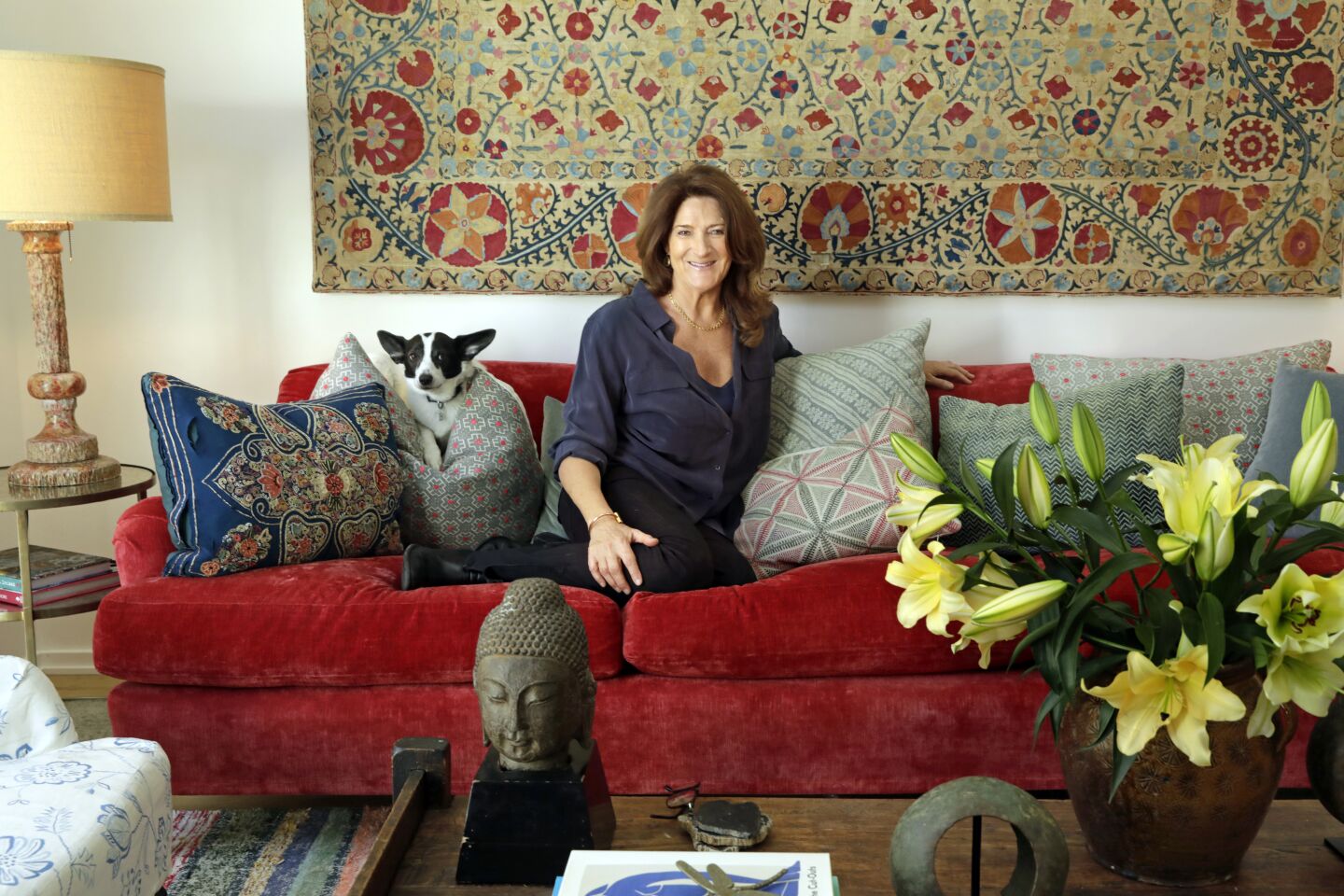

Interior Design
Interior Designer Kathryn M. Ireland’s Top 5 Tips On Introducing Red Into Rooms
Modified: January 9, 2024
Looking to add a pop of red to your rooms? Interior designer Kathryn M Ireland shares her top 5 tips on incorporating the color for a vibrant and stylish space.
(Many of the links in this article redirect to a specific reviewed product. Your purchase of these products through affiliate links helps to generate commission for Storables.com, at no extra cost. Learn more)
Introduction
Red is a bold and vibrant color that can instantly add warmth, energy, and drama to any room. When used correctly, it can create a focal point, evoke emotions, and make a powerful design statement. However, incorporating red into interior design can be a bit intimidating for some people. They worry that it may be too overpowering or difficult to integrate with other colors and elements in the room.
Fortunately, renowned interior designer Kathryn M Ireland shares her expert insights and top tips on how to introduce red into rooms with confidence and style. With her extensive experience in the industry and keen eye for design, she provides invaluable advice for those looking to make a statement with this vibrant hue. So, whether you want to add a pop of red or go all out with a bold red theme, follow these tips to balance the intensity and harness the power of red in your interiors.
Let’s dive into Kathryn M Ireland’s top 5 tips on introducing red into rooms.
Key Takeaways:
- Introducing red into interior design can add warmth, energy, and drama. Start with small accents, mix with neutral colors, and consider the room’s mood and function to harness the power of red effectively.
- Renowned designer Kathryn M Ireland’s tips provide invaluable advice for confidently incorporating red into interiors. From small accents to upholstery and color selection, her insights help create stunning design statements.
Tip 1: Start with Small Accents
One of the easiest ways to introduce red into a room is by starting with small accents. This allows you to test the waters and see how the color works within your space without committing to a large red piece of furniture or a fully red wall.
Consider incorporating red through accessories such as throw pillows, rugs, curtains, or artwork. These smaller accents can add pops of color and create visual interest in a more subtle way. Look for patterns or textures that feature red elements to add depth and dimension to your space.
For example, you could layer a few red throw pillows on a neutral-colored sofa to instantly liven up the space. Similarly, a red area rug can provide a bold focal point in a room dominated by neutral tones. By strategically placing these small red accents, you can bring a sense of vibrancy and warmth to your interiors.
When selecting these red accents, it’s essential to consider the existing color palette in the room. Look for shades of red that complement or contrast with the other colors in the space. For instance, if your room features predominantly cool tones like blue and gray, consider opting for a warmer shade of red to create a visually striking contrast. On the other hand, if your room has warm undertones like beige and gold, a cooler-toned red can provide a harmonious balance.
Remember, starting with small accents allows you the flexibility to experiment with different shades and placements of red to find what works best for your space. Once you feel comfortable with the impact of these smaller elements, you can gradually introduce larger red elements into your design scheme.
Tip 2: Use Red in Upholstery
When it comes to introducing red into a room, upholstery is another fantastic way to make a statement. Red upholstered furniture can become the focal point of a space and add a bold and luxurious touch.
Consider incorporating a red sofa, armchair, or ottoman into your living room or bedroom. These larger pieces of furniture not only bring a pop of color but also provide a comfortable and inviting seating option for you and your guests.
When selecting red upholstery, it’s important to choose a fabric that not only complements the style of your room but also suits your lifestyle. If you have children or pets, opt for a durable and stain-resistant material like microfiber or leather. These fabrics are easy to clean and maintain, ensuring your red upholstery remains vibrant and beautiful for years to come.
If you prefer a more subtle approach, consider mixing red upholstery with other neutral or complementary colors. For example, pairing a red sofa with cream-colored walls and accent chairs in a complementary shade can create a visually appealing and balanced design. This allows the red upholstery to stand out without overwhelming the room.
Additionally, don’t be afraid to experiment with patterns and textures when it comes to red upholstery. A red floral or geometric pattern can add a sense of playfulness and personality to your space. Alternatively, a plush velvet or textured fabric can add a touch of luxury and sophistication.
Remember that red upholstery doesn’t have to be limited to just the living room or bedroom. Upholstered red dining chairs or stools can add a pop of color and excitement to your kitchen or dining area. In home offices or study spaces, a red desk chair can provide a stimulating and energizing element to help enhance productivity.
Overall, using red upholstery is a bold and impactful way to introduce this vibrant color into your interiors. It adds character, warmth, and personality to any room, creating a visually stunning and inviting atmosphere.
Tip 3: Mix Red with Neutral Colors
When incorporating red into your interior design, it’s important to strike a balance between its vibrant energy and the overall harmony of the space. One effective way to achieve this balance is by mixing red with neutral colors.
Neutral colors such as white, gray, beige, and taupe provide a calming and understated backdrop against which red can truly shine. By pairing red with neutrals, you create a visually pleasing contrast that allows the red elements to stand out while maintaining a cohesive and balanced overall design.
Start by selecting a neutral color for your walls, ceiling, or larger furniture pieces. This provides a clean and neutral canvas that allows the red elements to take center stage. Consider using light or muted neutrals to create a subtle and sophisticated atmosphere, or opt for deeper and richer neutrals for a more dramatic effect.
Once your neutral base is established, you can begin incorporating red accents through accessories, textiles, and smaller furniture pieces. Think of red throw pillows, rugs, curtains, or even a red accent chair. These pops of red against the neutral backdrop will add vibrancy and visual interest to the space without overpowering it.
Another way to mix red with neutral colors is by utilizing different shades and tones of red. For example, pairing a deep burgundy red with lighter shades of beige or taupe can create a stunning and harmonious combination. This allows for a multi-dimensional and layered look that adds depth and richness to your interiors.
When working with neutral colors, don’t limit yourself to just shades of gray or beige. Consider introducing other natural elements like wood or stone textures. These organic textures can add warmth and depth to the space and create a beautiful contrast with the vibrant red elements.
Remember, the key to successfully mixing red with neutral colors is to maintain a sense of balance and harmony. By doing so, you can create a visually captivating and inviting space that showcases the power of red without overwhelming the senses.
Consider using red as an accent color through accessories like throw pillows, rugs, and artwork. This allows for a pop of color without overwhelming the space.
Tip 4: Choose the Right Shade of Red
When incorporating red into your interior design, it’s crucial to select the right shade of red that complements your space and evokes the desired mood. The wide range of red tones available can make the decision overwhelming, but with a little guidance, you can choose the perfect shade for your design scheme.
Consider the overall style and ambiance you want to create in the room. Different shades of red can convey different emotions and set varying atmospheres. For example, a bold and vibrant red such as cherry or fire-engine red can create a lively and energetic feel, making it ideal for spaces like a dining room or entertainment area.
If you’re looking for a more sophisticated and elegant look, consider deeper and richer shades of red like burgundy or wine. These shades exude warmth and create a cozy and inviting atmosphere, perfect for spaces such as a study or a living room.
On the other hand, if you desire a more subtle and calming effect, opt for softer shades of red like coral or blush. These lighter hues lend a touch of romance and serenity to a space, making them suitable for bedrooms or bathrooms.
When selecting the right shade of red, it’s important to consider the existing color palette in your room. Take note of the other colors present and choose a red shade that harmonizes with them. For example, if your room features predominantly cool tones like blues and grays, consider a cooler-toned red to create a cohesive and balanced look. If your room has warmer undertones like creams and browns, opt for a red with warm undertones to complement the overall warmth of the space.
It’s also worth considering the size of the room. If you have a smaller space, a vibrant and bold shade of red may be too overpowering. In this case, opt for softer and lighter shades to create an open and airy feel.
Lastly, remember to test different samples of red in your space before committing to a specific shade. Natural and artificial lighting can greatly impact the appearance of red, so make sure to view the samples in different lighting conditions to ensure you’re happy with the result.
Choosing the right shade of red is essential for creating the desired mood and ambiance in your space. By considering the style of the room, the existing color palette, and the impact of lighting, you can select a red shade that not only enhances the overall design but also evokes the emotions you want to convey.
Tip 5: Consider the Mood and Function of the Room
When introducing red into a room, it’s essential to consider the mood and function of the space. Red is a powerful color that can evoke different emotions and create various atmospheres, so understanding how you want the room to feel is crucial in utilizing red effectively.
Start by considering the function of the room. Is it a social space like a living room or a dining area, or is it a more personal space like a bedroom or a study? Different shades and intensities of red can enhance the specific purpose of the room and influence the overall mood.
For social spaces where you want to promote energy and stimulation, opting for brighter or more intense shades of red can be ideal. These vibrant hues can encourage liveliness and conversation, making them suitable for areas where people gather and interact.
On the other hand, for personal spaces where relaxation and calmness are prioritized, consider softer and more muted shades of red. These tones create a cozy and intimate ambiance, perfect for bedrooms or reading nooks where you can unwind and recharge.
Additionally, think about the mood you want to create in the room. Do you want it to feel warm and inviting, or bold and dramatic? Red can fulfill both these desires, but the specific shade and how it’s combined with other elements play a significant role.
For a warm and inviting feel, consider pairing red with warm-toned neutrals like beige or taupe. This combination creates a cozy and welcoming atmosphere, making the room feel comfortable and inviting.
Alternatively, if you desire a more dramatic impact, consider pairing red with contrasting colors like black or deep shades of gray. This combination creates a striking and bold look, adding a sense of sophistication and elegance to the room.
Remember that the mood and function of the room may dictate how much red you incorporate. For example, in a bedroom where relaxation is key, you may choose to focus on red accents like bedding or artwork, rather than overwhelming the space with red walls or furniture.
By carefully considering the mood and function of the room, you can effectively utilize red to create the desired atmosphere. Whether you want to promote energy and socialization or foster relaxation and intimacy, incorporating red in accordance with the room’s purpose and ambiance can create a harmonious and impactful space.
Conclusion
Incorporating red into your interior design can add a powerful and vibrant touch to any room. By following the expert advice of renowned interior designer Kathryn M Ireland, you can confidently introduce red into your spaces and create a stunning design statement.
Starting with small accents allows you to test the waters and see how red blends with your existing decor. Consider adding red through accessories such as throw pillows, rugs, curtains, or artwork to bring pops of color and visual interest without overwhelming the space.
Using red in upholstery is another impactful way to make a statement. A red sofa, armchair, or ottoman can become the focal point of a room and add a luxurious touch. Choose the right shade of red that complements the overall style and mood you want to create, whether it’s a bold and vibrant hue or a softer and more subdued tone. Mix red with neutral colors to strike a balance and allow the red elements to stand out without overpowering the space.
Lastly, consider the mood and function of the room when incorporating red. Different shades and intensities of red can evoke different emotions and enhance the purpose of the space. Select the right shade of red that aligns with the desired ambiance, whether it’s energizing and social or calming and relaxing.
By following these top tips from Kathryn M Ireland, you can confidently introduce red into your interior design. Remember to be creative and have fun with your choices, allowing red to add warmth, energy, and drama to your space. With the right balance and thoughtful consideration, red can transform your rooms into captivating and inviting spaces that make a lasting impression.
Frequently Asked Questions about Interior Designer Kathryn M. Ireland's Top 5 Tips On Introducing Red Into Rooms
Was this page helpful?
At Storables.com, we guarantee accurate and reliable information. Our content, validated by Expert Board Contributors, is crafted following stringent Editorial Policies. We're committed to providing you with well-researched, expert-backed insights for all your informational needs.
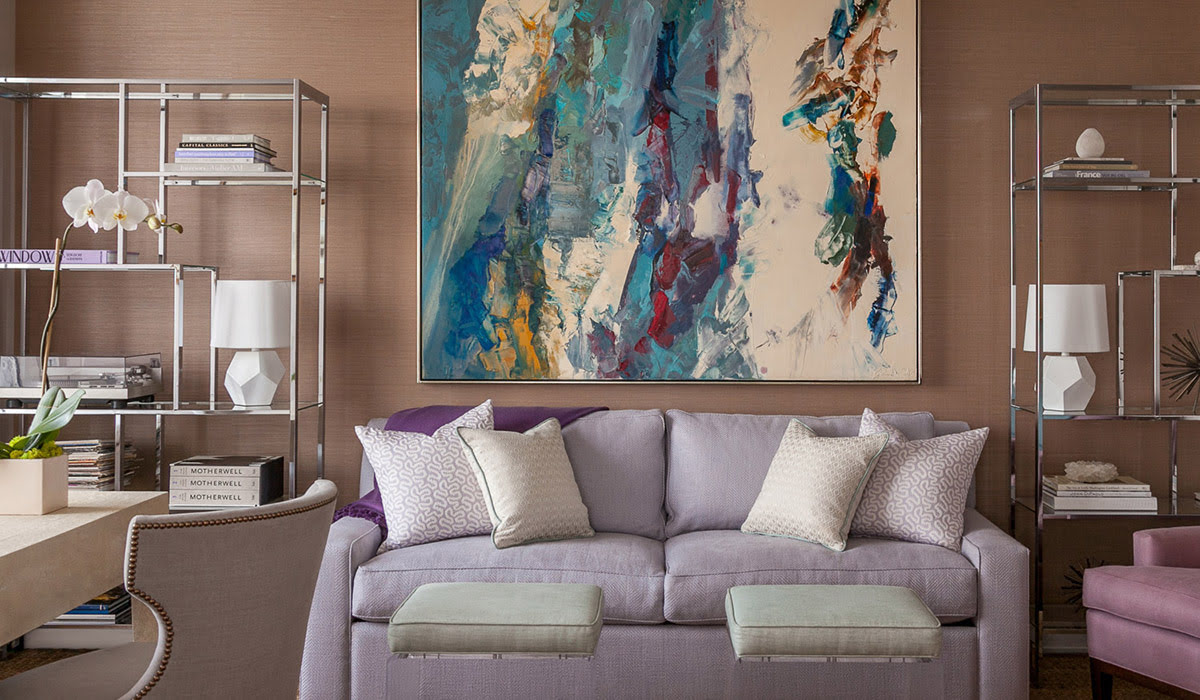
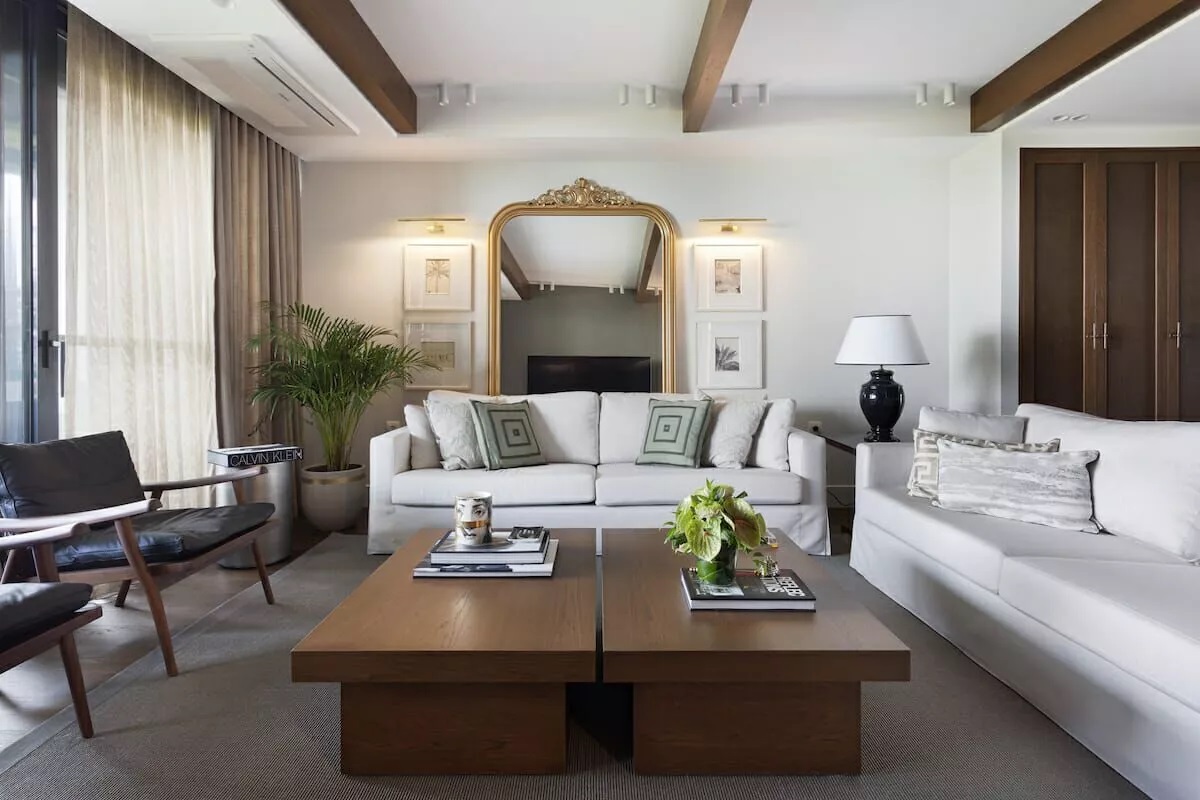
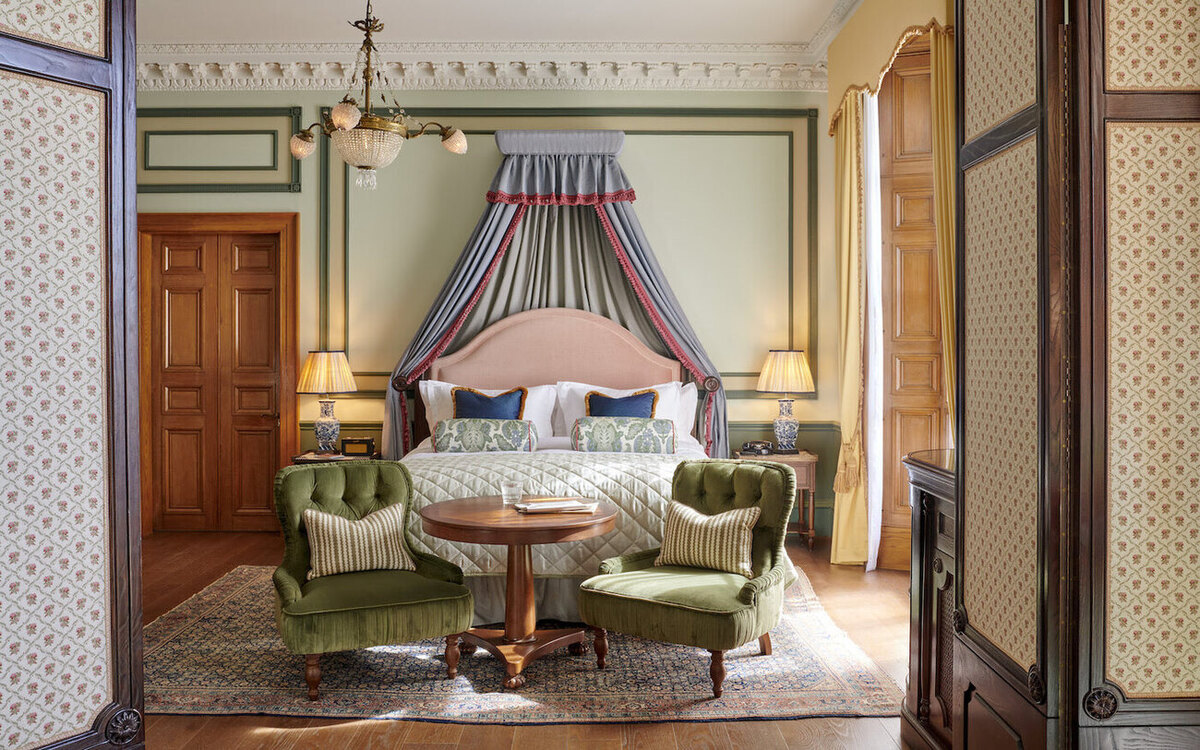
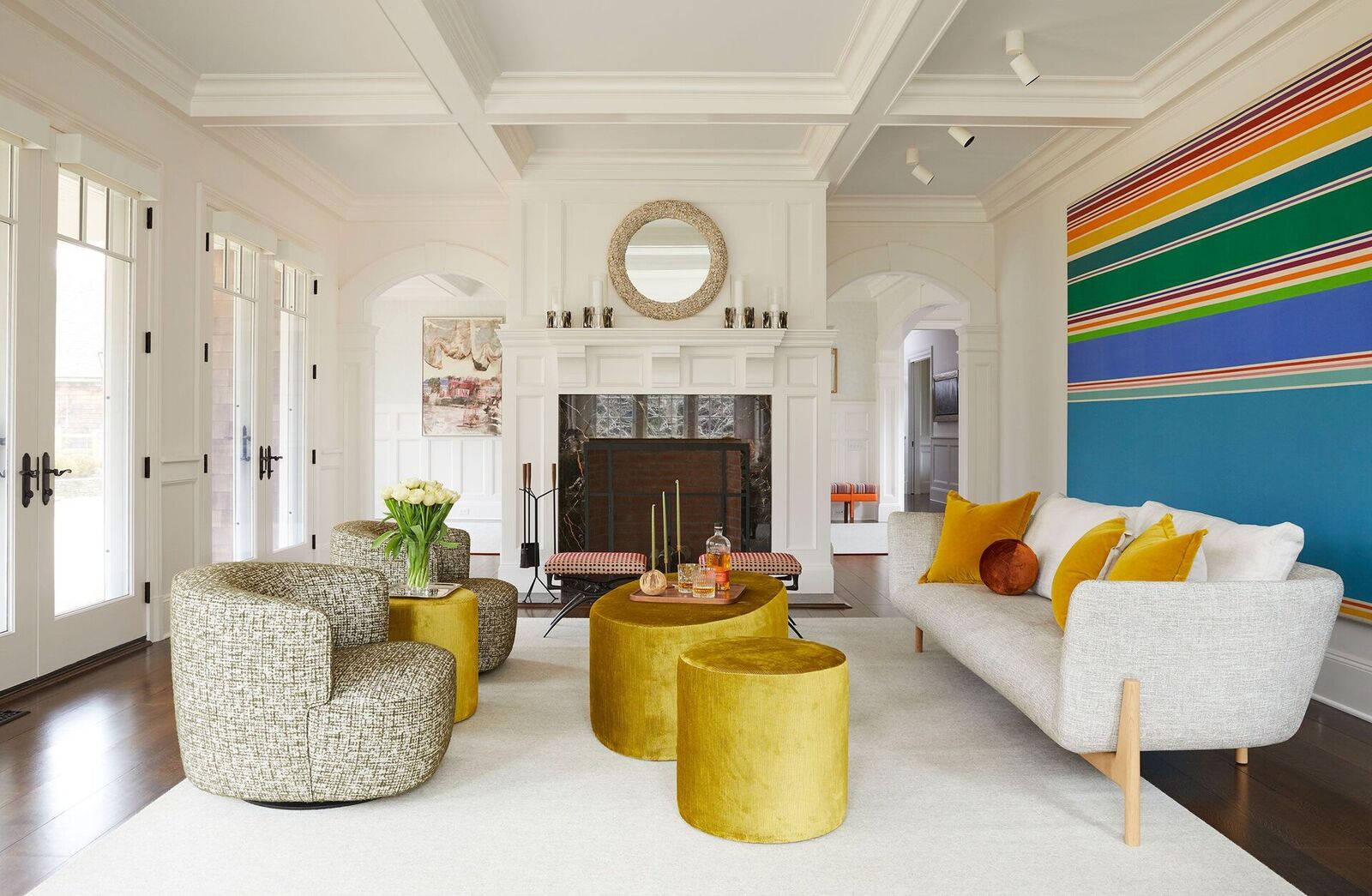
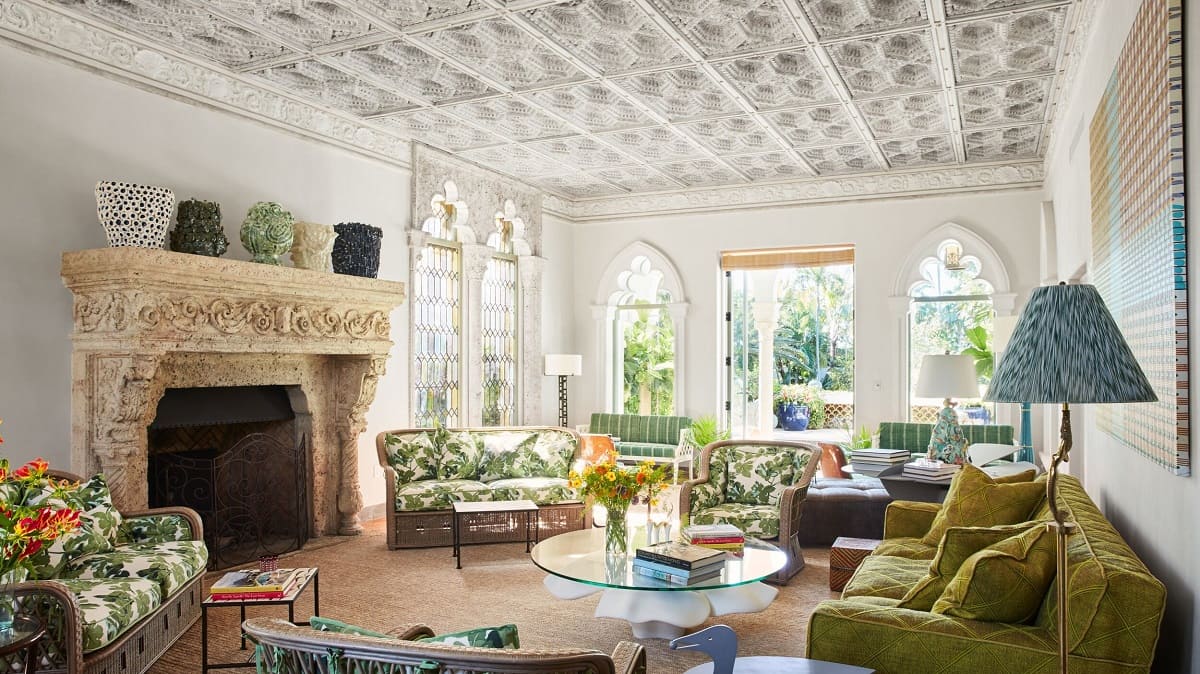
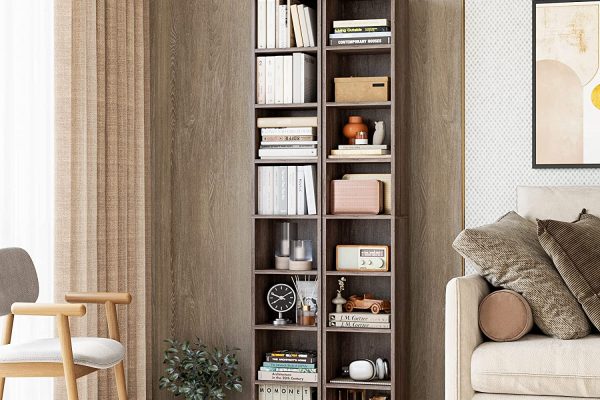
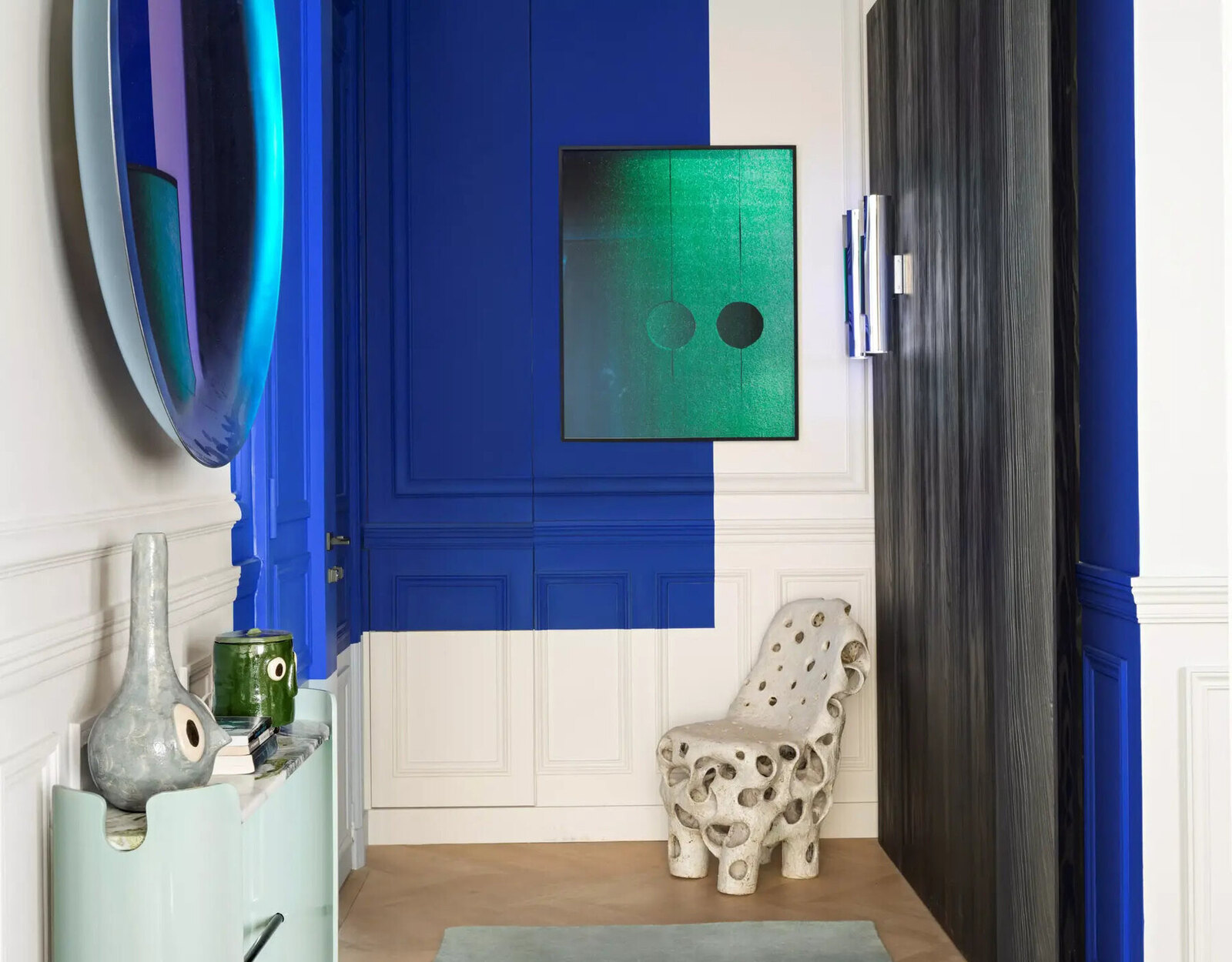
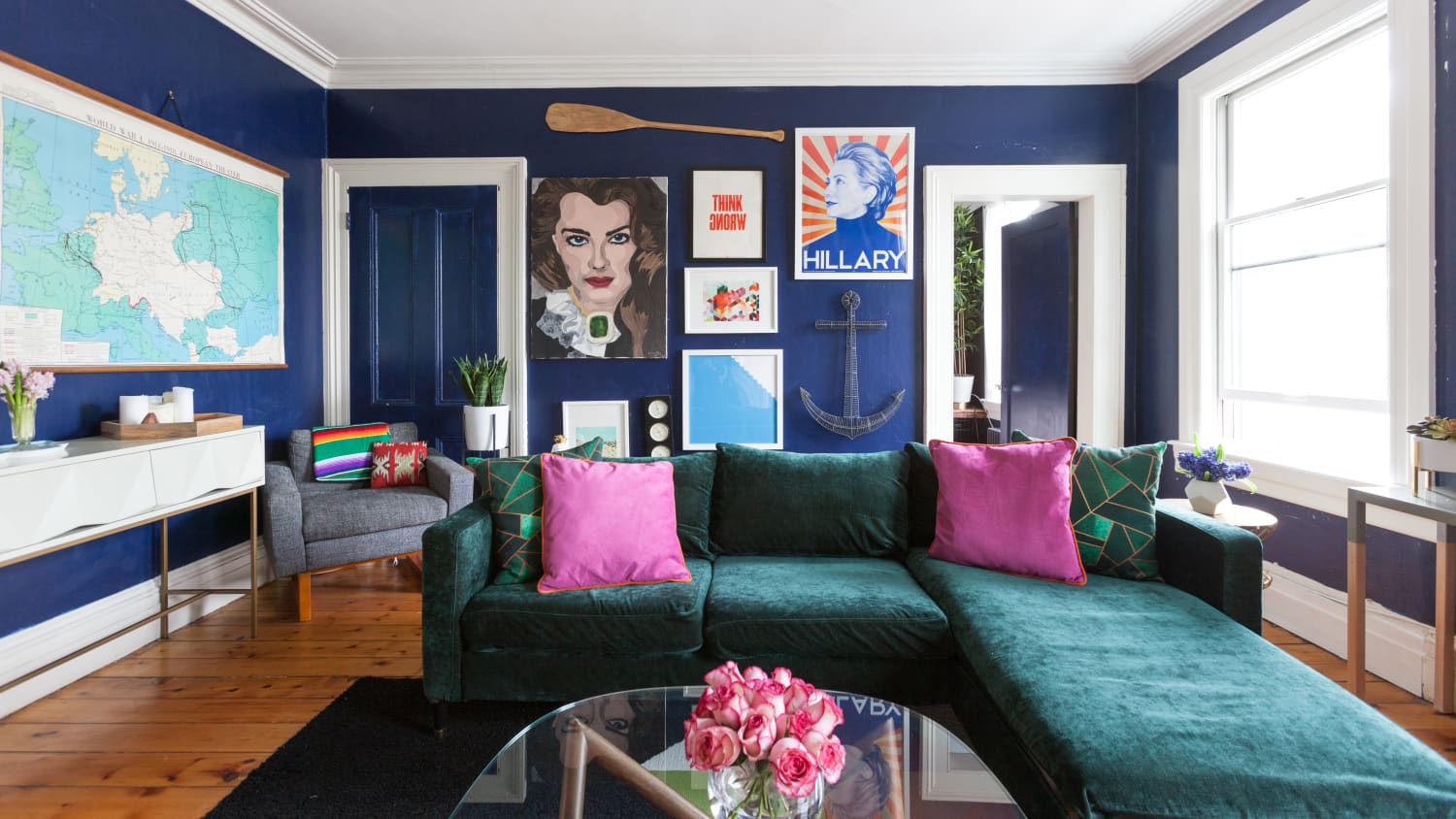
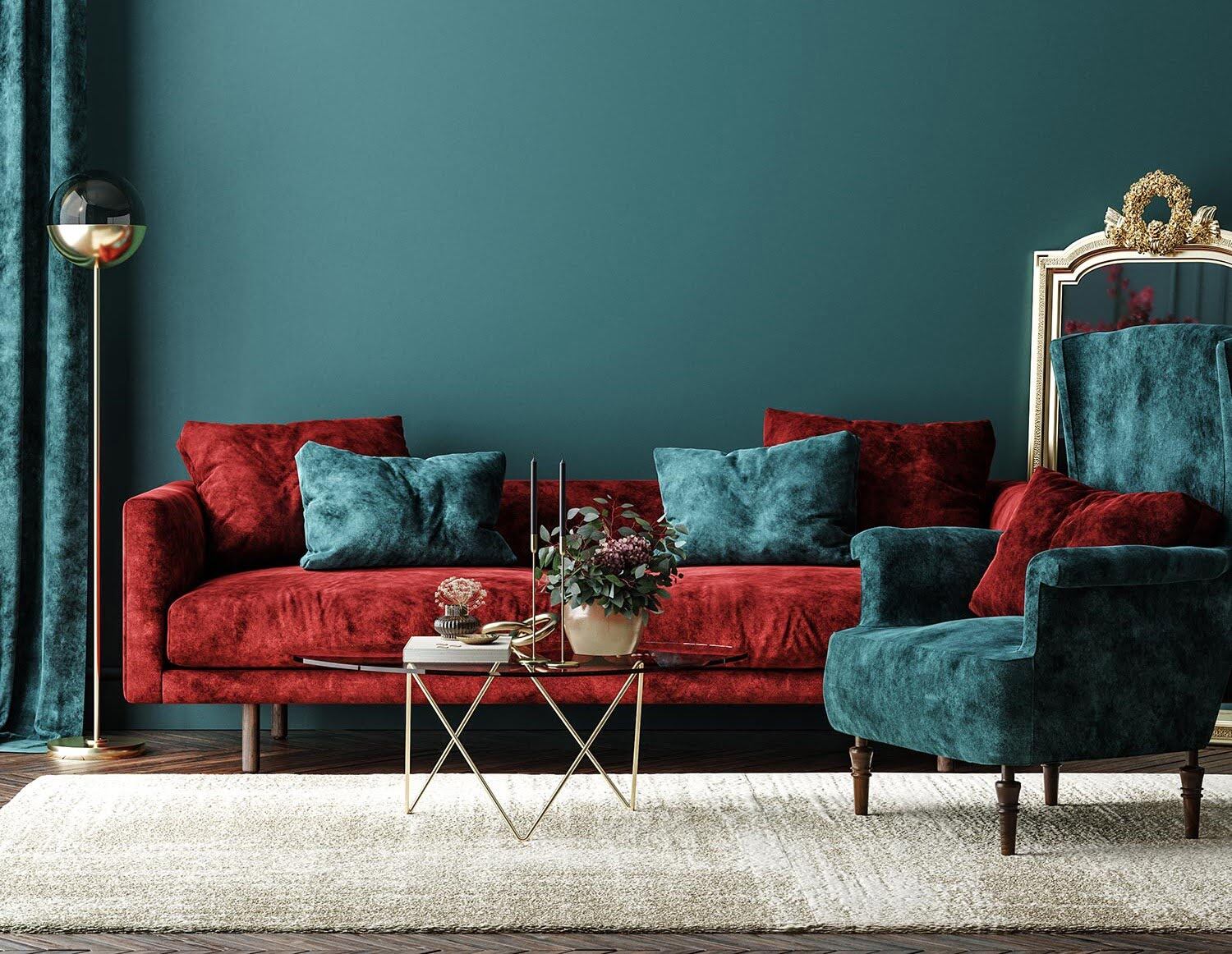
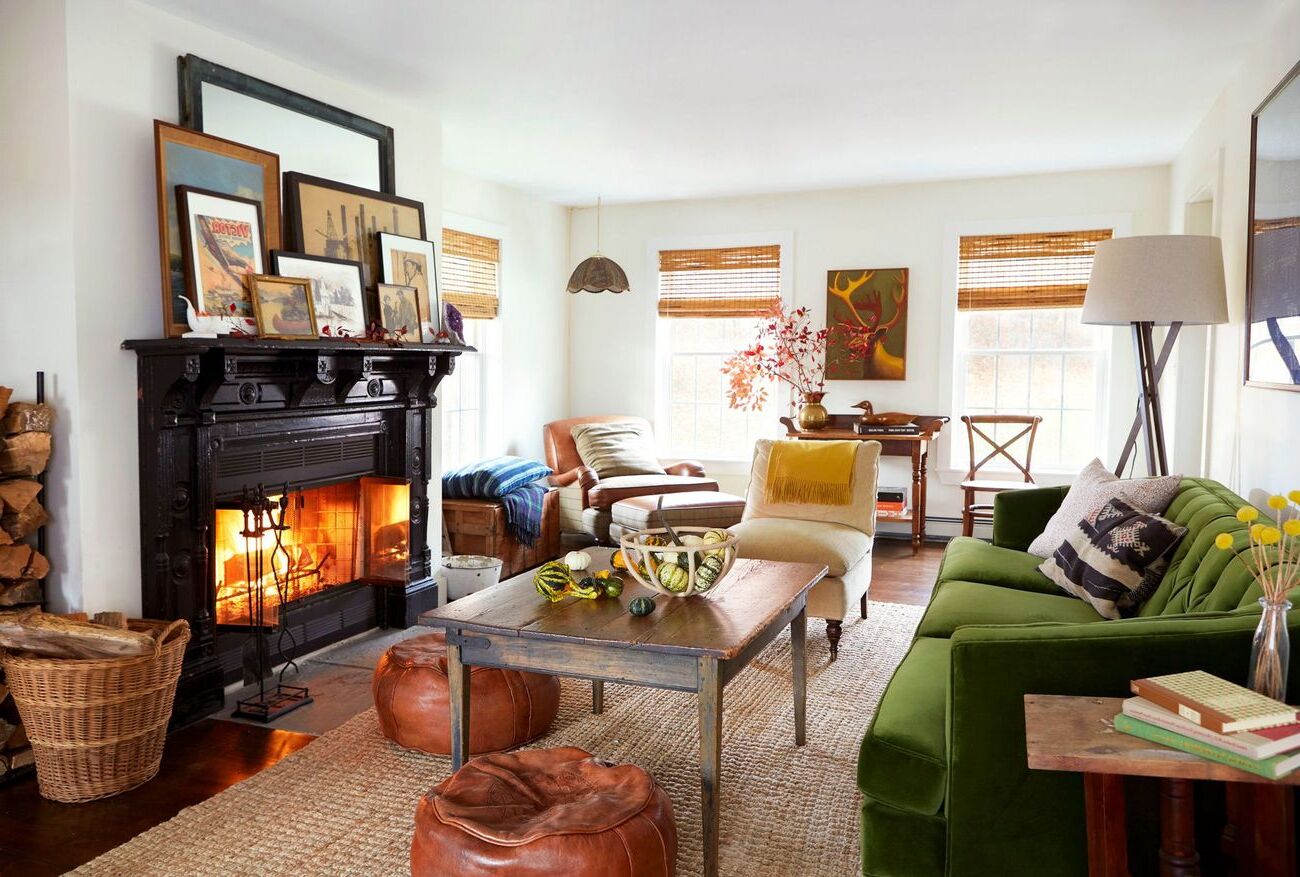
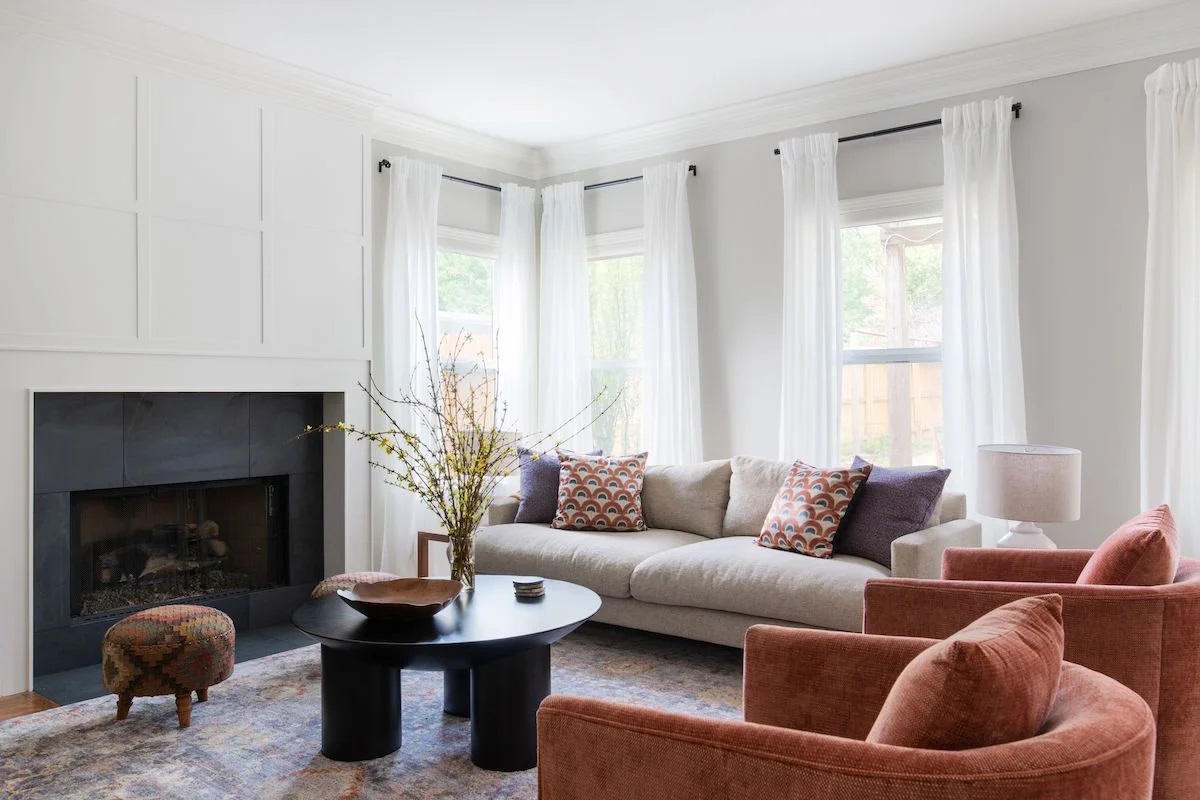

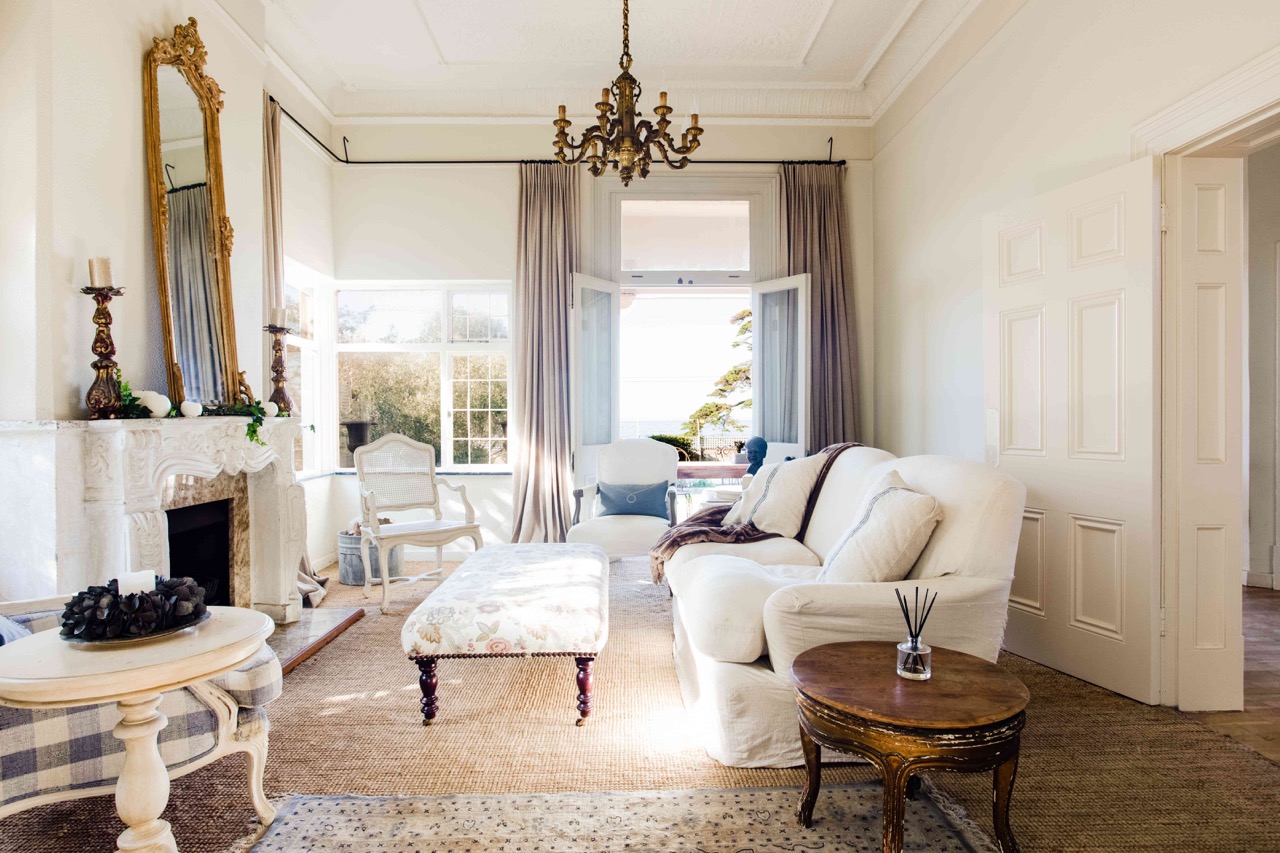
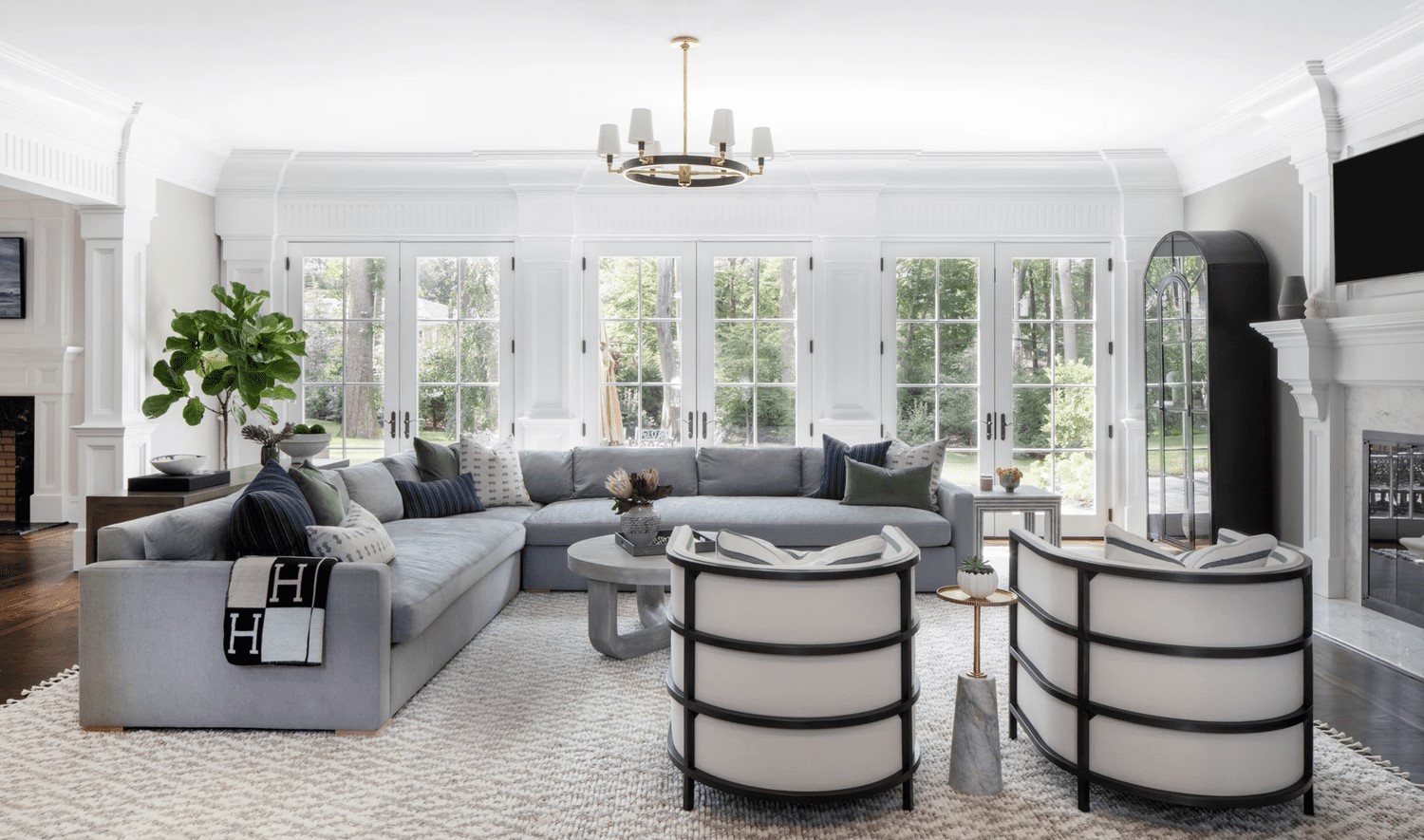

0 thoughts on “Interior Designer Kathryn M. Ireland’s Top 5 Tips On Introducing Red Into Rooms”